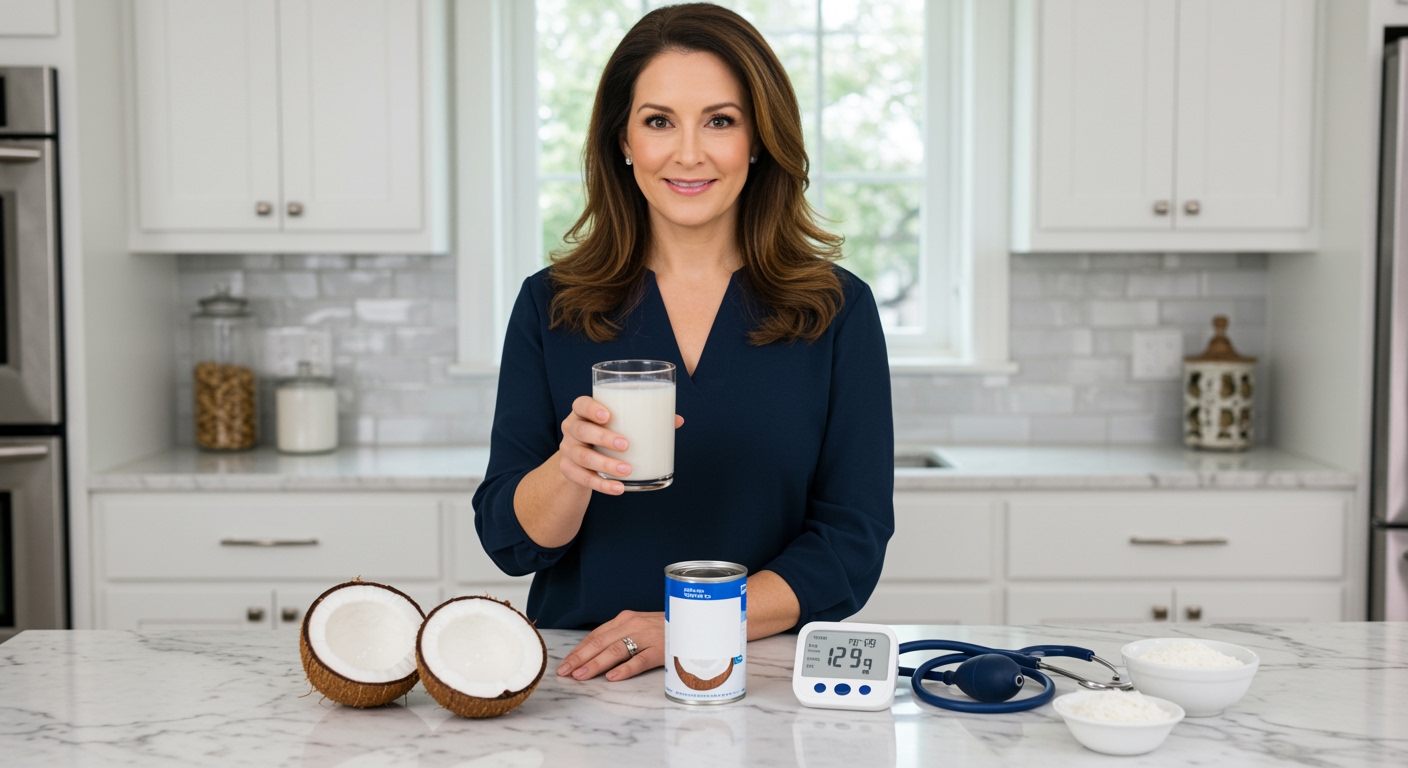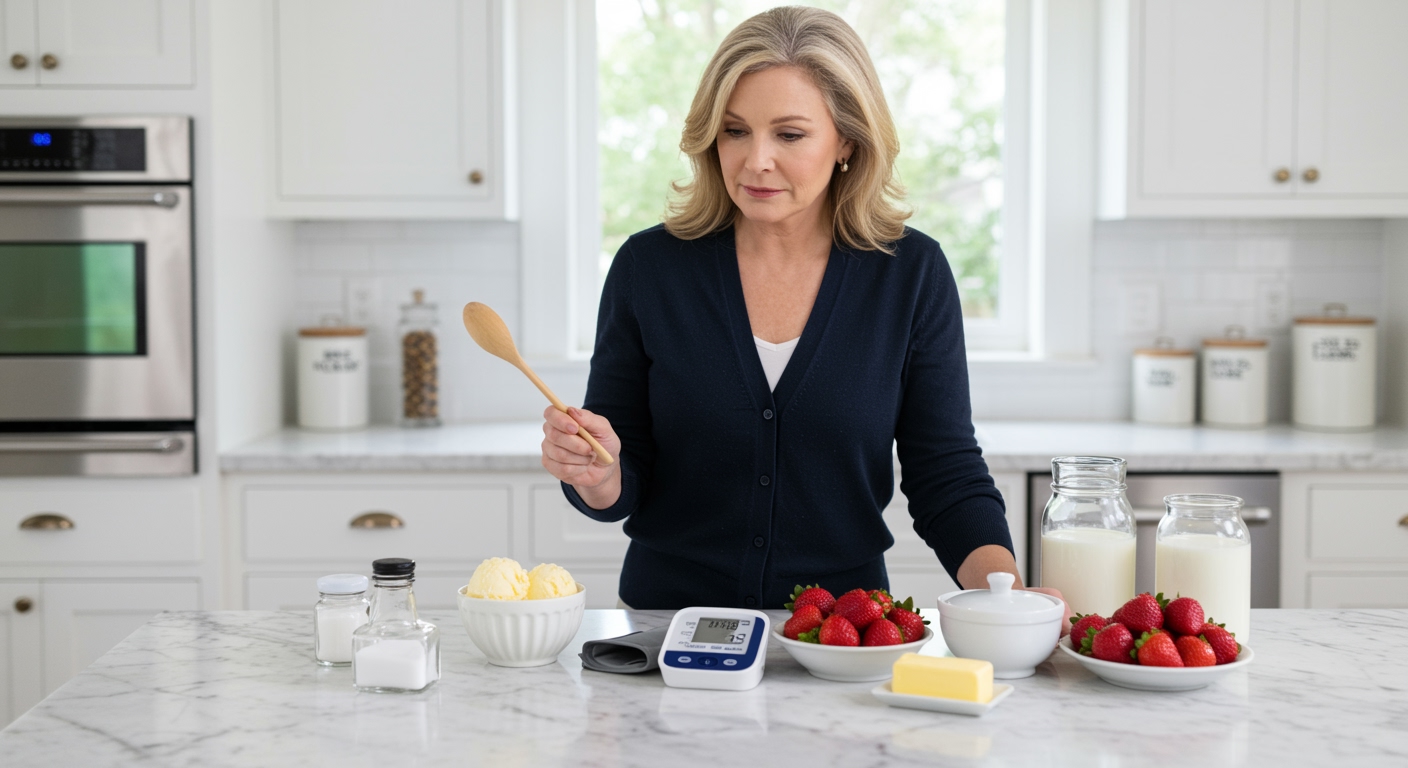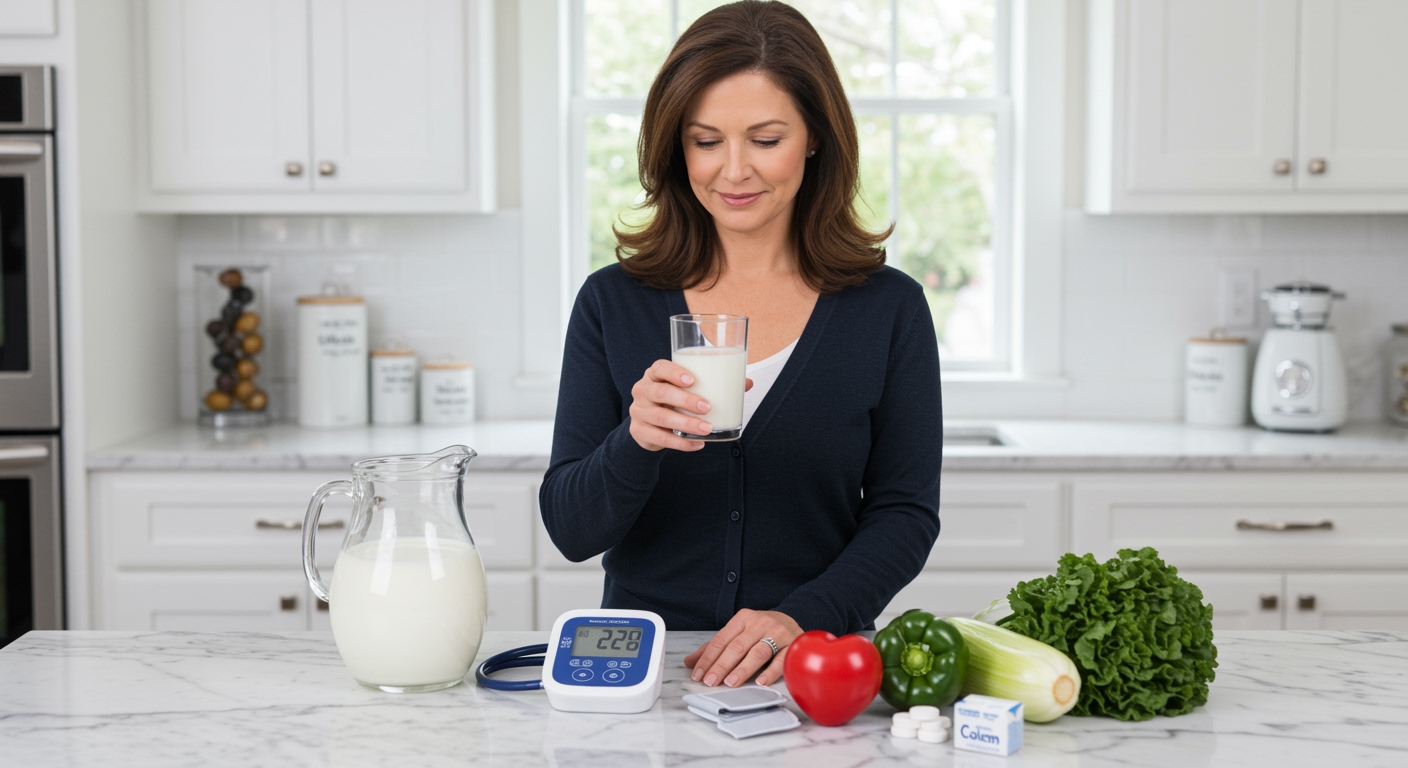✪ Key Takeaway: Sodium affects blood pressure differently in each person, with salt-sensitive individuals needing strict limits while others can consume moderate amounts safely.
Introduction
Your doctor tells you to cut salt, but your neighbor eats pizza daily with perfect blood pressure numbers.
You might be wondering why sodium seems to affect people so differently when it comes to high blood pressure.
Hi, I’m Abdur, your nutrition coach and today I’m going to explain the complex relationship between sodium and blood pressure, including why some people are more sensitive than others.
How Does Sodium Actually Affect Blood Pressure?
Sodium works like a water magnet inside your body.
When you eat salt, your kidneys must decide how much sodium to keep and how much to eliminate through urine.
If your kidneys hold onto extra sodium, they also hold onto extra water to maintain the proper balance.
This extra water increases the total volume of blood flowing through your blood vessels.
More blood volume means your heart must work harder to pump blood, and your blood vessels experience increased pressure against their walls.
Think of it like adding more water to a garden hose while keeping the same opening size – the pressure inside increases naturally.
✪ Fact: Your kidneys filter about 180 liters of blood daily to regulate sodium and water balance.
Why Are Some People Salt Sensitive While Others Are Not?
Salt sensitivity varies dramatically between individuals due to genetic differences in kidney function.
About 25% of people with normal blood pressure and 50% of people with high blood pressure are considered salt-sensitive.
Salt-sensitive people have kidneys that struggle to eliminate excess sodium efficiently.
Their blood pressure can rise significantly with increased salt intake and drop noticeably when they reduce sodium consumption.
Salt-resistant individuals have kidneys that quickly adjust to different sodium levels without major blood pressure changes.
Age also plays a role, as kidney function naturally declines over time, making older adults more likely to be salt-sensitive.
Certain ethnic groups, including African Americans, also show higher rates of salt sensitivity compared to other populations.
✪ Pro Tip: You can test your salt sensitivity by monitoring blood pressure changes over two weeks of low-sodium eating.
What Happens When You Eat Too Much Sodium?
Excessive sodium intake triggers a cascade of harmful effects throughout your cardiovascular system.
Your blood vessels must constantly work against higher pressure, leading to arterial stiffening over time.
Stiff arteries cannot expand and contract properly, forcing your heart to pump harder with each beat.
This increased workload can cause your heart muscle to thicken and become less efficient at pumping blood.
High sodium levels also damage the delicate lining of blood vessels, creating rough surfaces where cholesterol and other substances can stick.
These deposits narrow your arteries further, creating a dangerous cycle of increasing blood pressure and cardiovascular risk.
✪ Note: Even a 1000mg daily sodium reduction can lower systolic blood pressure by 2-8 mmHg in sensitive individuals.
How Much Sodium Is Actually Safe For High Blood Pressure?
The American Heart Association recommends no more than 2300mg of sodium daily for most adults.
However, people with high blood pressure should aim for an even lower target of 1500mg per day.
To put this in perspective, one teaspoon of table salt contains about 2300mg of sodium.
Most Americans consume nearly double the recommended amount, averaging 3400mg of sodium daily.
The majority of this excess sodium comes from processed foods rather than the salt shaker on your table.
Restaurant meals, canned soups, deli meats, and packaged snacks are the biggest sodium contributors in the typical diet.
Reading nutrition labels becomes crucial because sodium hides in unexpected places like bread, cereal, and even sweet desserts.
✪ Fact: Processed foods account for about 70% of sodium intake in the average American diet.
Can You Lower Blood Pressure Without Completely Avoiding Sodium?
You can manage blood pressure effectively without eliminating sodium entirely from your daily routine.
The key lies in balancing sodium intake with other blood pressure-friendly nutrients like potassium, magnesium, and calcium.
Potassium acts as sodium’s natural counterpart, helping your kidneys eliminate excess salt while relaxing blood vessels.
Foods rich in potassium include bananas, spinach, avocados, and white beans.
Magnesium supports healthy blood vessel function and helps prevent the arterial stiffening associated with high sodium intake.
Regular physical activity also helps your body process sodium more efficiently while strengthening your cardiovascular system.
Many people find success with the DASH diet approach, which emphasizes whole foods while naturally limiting processed high-sodium options.
✪ Pro Tip: Aim for a 2:1 potassium to sodium ratio in your daily diet for optimal blood pressure control.
The Bottom Line
Sodium affects blood pressure differently in each person, but reducing intake benefits most people with hypertension.
Your genetics determine your salt sensitivity, but your food choices determine your health outcomes.
I would love to hear about your experience with sodium and blood pressure management – please share your questions or thoughts in the comments below.
References
At NutritionCrown, we use quality and credible sources to ensure our content is accurate and trustworthy. Below are the sources referenced in creating this article:
- PMC: Salt Sensitivity of Blood Pressure
- American Heart Association: Shaking the Salt Habit to Lower High Blood Pressure
- JAMA Network: Effect of Sodium Reduction on Blood Pressure
- NHLBI: DASH Eating Plan





